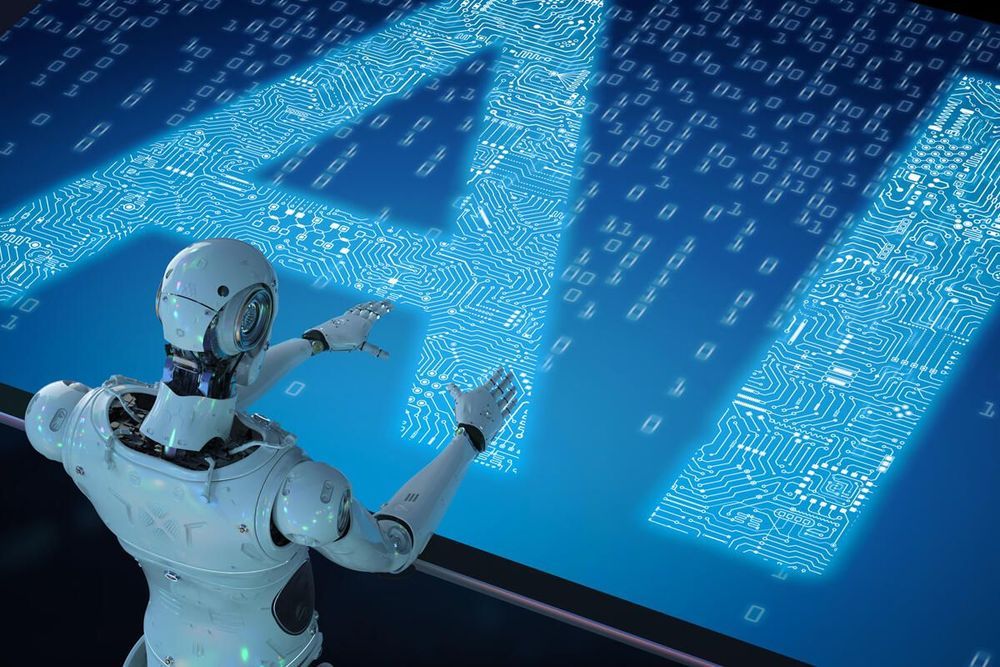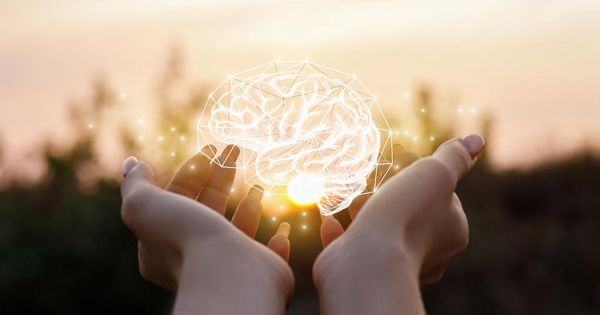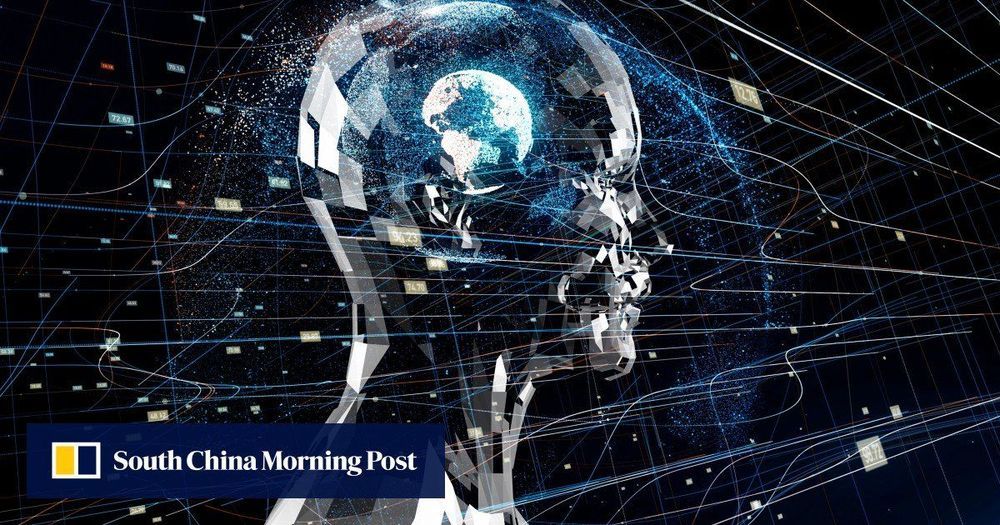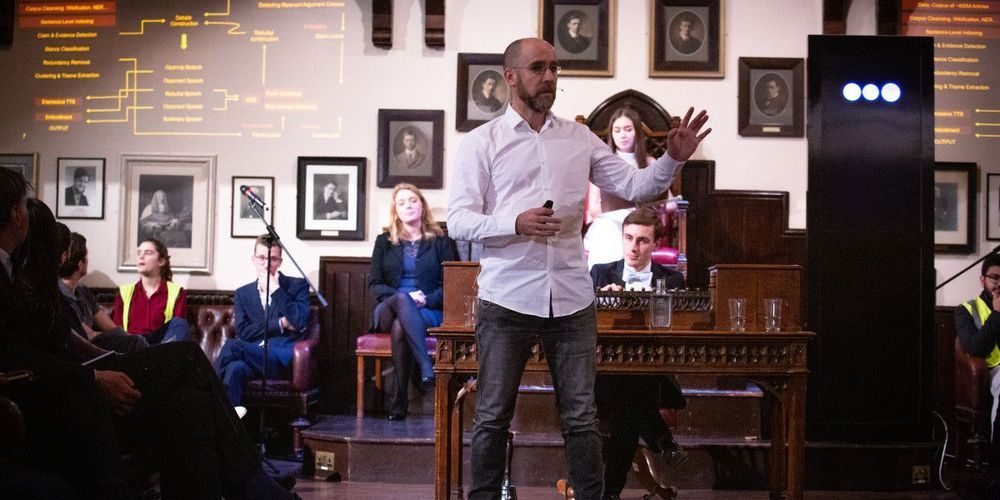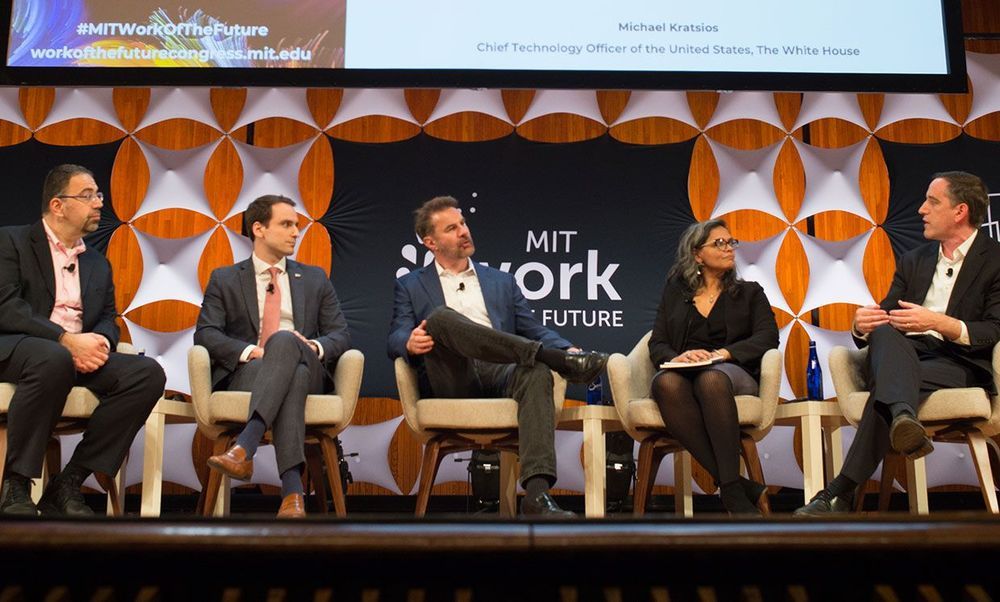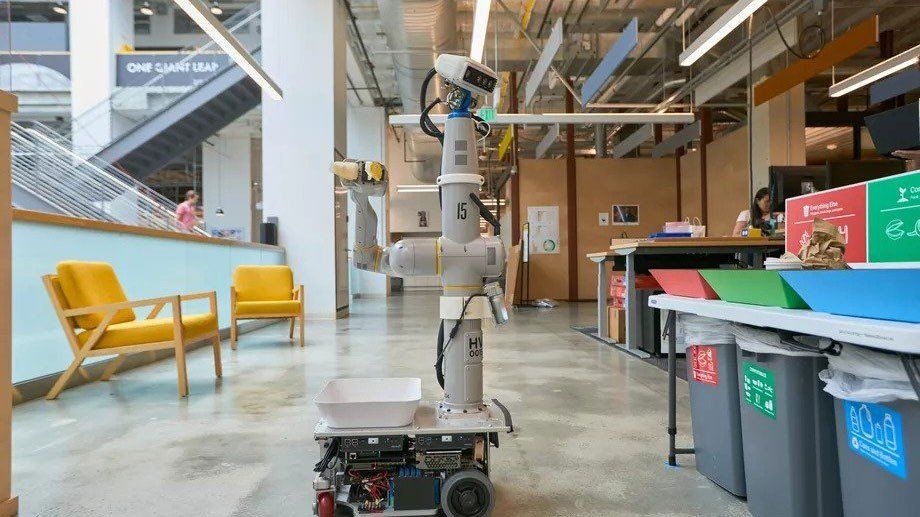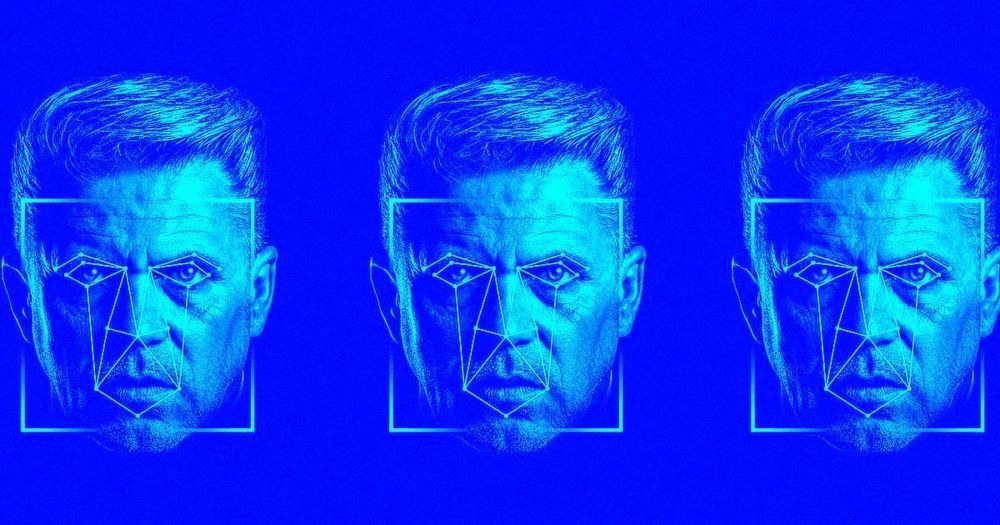AI (artificial intelligence) opens up a world of possibilities for application developers. By taking advantage of machine learning or deep learning, you could produce far better user profiles, personalization, and recommendations, or incorporate smarter search, a voice interface, or intelligent assistance, or improve your app any number of other ways. You could even build applications that see, hear, and react to situations you never anticipated.
Which programming language should you learn to plumb the depths of AI? You’ll want a language with many good machine learning and deep learning libraries, of course. It should also feature good runtime performance, good tools support, a large community of programmers, and a healthy ecosystem of supporting packages. That’s a long list of requirements, but there are still plenty of good options.
